5 Different Ways to Utilize Your Garden Waste
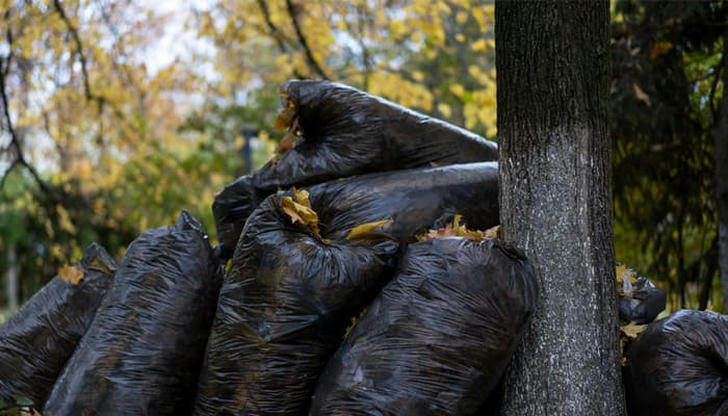
Utilizing reuse and recycling practices in your garden can lead to significant savings in terms of money, time, and effort, while also providing positive impacts on the environment. However, there may be instances when it is necessary to dispose of garden waste in a different manner, ensuring that it is done responsibly and sustainably to prevent it from ending up in landfills.
Regular garden maintenance activities, such as mowing lawns or trimming herbaceous plants, produce green waste. Additionally, larger projects, like patio replacements or the removal of an old conifer hedge, can result in substantial amounts of waste being generated at once. When planning any garden project, it is important to assess the quantity and type of waste that will be produced. You should also consider potential temporary storage solutions for the waste.
1. What to Do With Garden Waste?
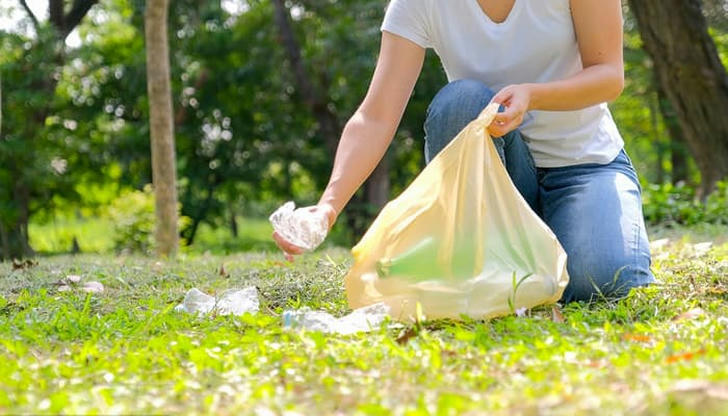
Regardless of whether you are undertaking a large gardening project or simply performing routine maintenance, it is probable that you will produce some garden waste. Below are several suggestions for repurposing materials within your garden, as well as various methods for disposing of them.
2. Transform Garden Waste into Homemade Mulch
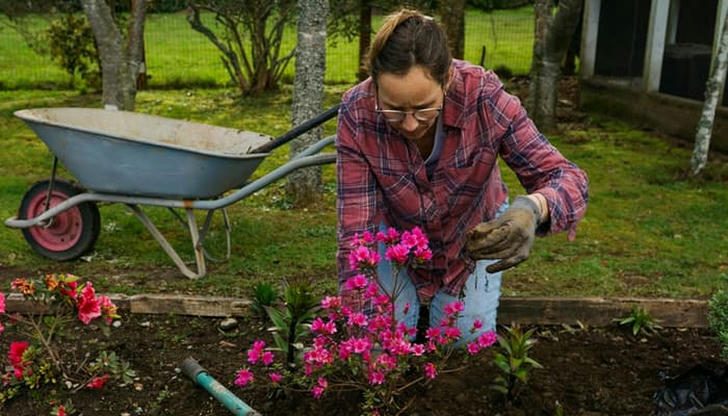
Grass clippings, fallen leaves, and wood chips serve as excellent sources of free organic mulch for gardens and established plants. When applied as a layer on the soil surface, this mulch prevents weed growth, helps maintain moisture and temperature, and enriches the soil.
To create mulch, use a trimmer or hand shears to cut old grass and herbaceous perennial stems into pieces the size of matchsticks. In the fall, you will find an abundance of natural mulch. Shred brown or yellow autumn leaves using a lawn mower before combining them with your grass clippings. Spread this mixture evenly around the base of your plants.
Additionally, wood mulch has a longer lifespan compared to grass or leaves. It also enhances the aesthetic appeal of your landscaping while effectively suppressing weeds. If you have a surplus of wood scraps from pruning or tree removal, consider using a wood chipper to create your own wood chips. This way, you can convert your woody waste into organic mulch as well.
3. Utilize Fallen Leaves Effectively
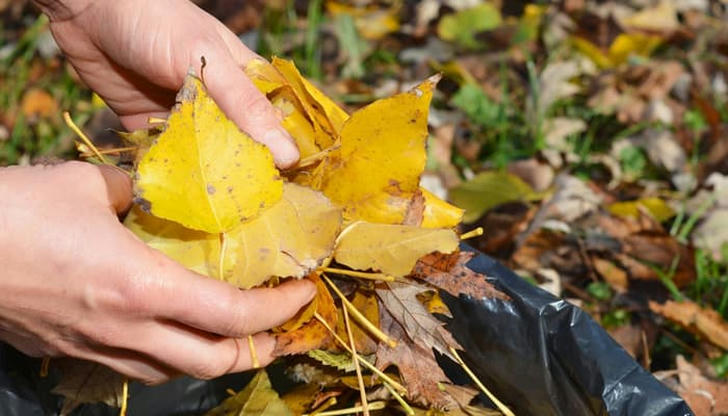
During autumn, trees and shrubs release significant amounts of leaves, which can be transformed into leafmould. This material serves as an excellent mulch, enhances soil quality, and can be used as an ingredient in potting compost.
To create leafmould, gather fallen leaves from your lawn and pathways in the autumn season. Place them in a jute sack, an old compost bag, or a bin bag. After approximately two years, you will have a supply of leafmould, often referred to as "black gold." While bagged leaves occupy minimal space, if you lack storage options, consider offering them to a fellow gardener in your area who may appreciate them.
4. Recycle Garden Waste and Food Scraps through Composting
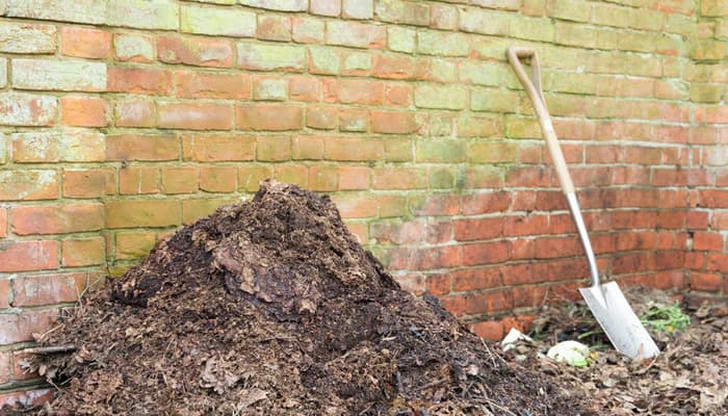
Composting serves as an environmentally friendly method for recycling waste. It allows you to convert yard debris and household scraps into compost and soil amendments that can enhance the growth of your flowers and fruit plants. For kitchen scraps, a small compost bin can be sufficient. However, if you aim to recycle both garden and kitchen waste, a larger compost bin is advisable.
Compost bins can be found at reputable garden centers. Alternatively, if your garden space permits, you can establish a compost heap. Suitable materials for your compost bin or heap include fallen leaves, vegetable peelings, grass clippings, and spent bedding plants. With minimal manual effort, you can let your garden waste decompose gradually, transforming it into valuable compost over the course of a year or more.
5. Find Uses for Logs
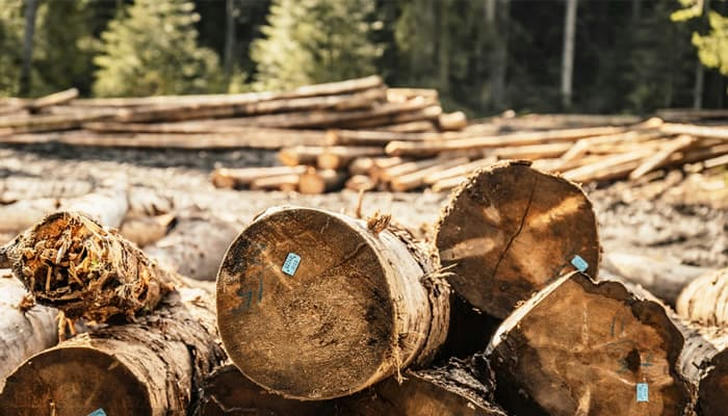
Log sections can serve multiple purposes, such as defining pathways or borders, forming seating areas, and offering habitat for wildlife when arranged in a pile. However, it is advisable to refrain from using wood sourced from the base of trees affected by honey fungus or phytophthora root rot, as well as branches impacted by coral spot or verticillium wilt. For guidance on the proper disposal of diseased materials, please refer to our guide.
6. Usage of Green Bin
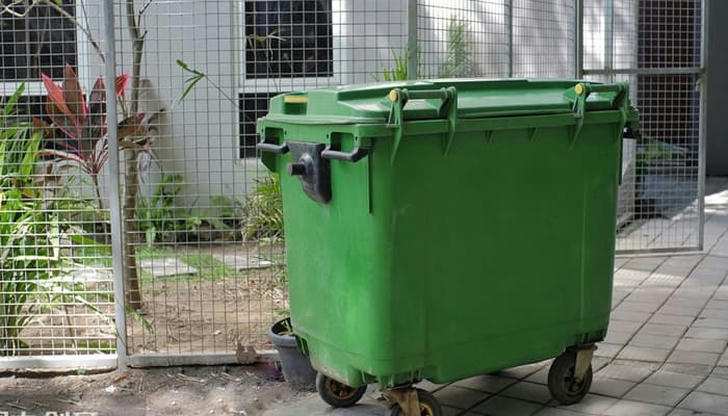
If your local government offers a green bin for yard waste, make sure to utilize it to its maximum capacity. A green bin serves as an efficient method for disposing of small quantities of waste, such as leaves, grass clippings, and small branches. Should you frequently fill your green bin, you may request an additional one from your council, although there will be a fee associated with it.
Conclusion
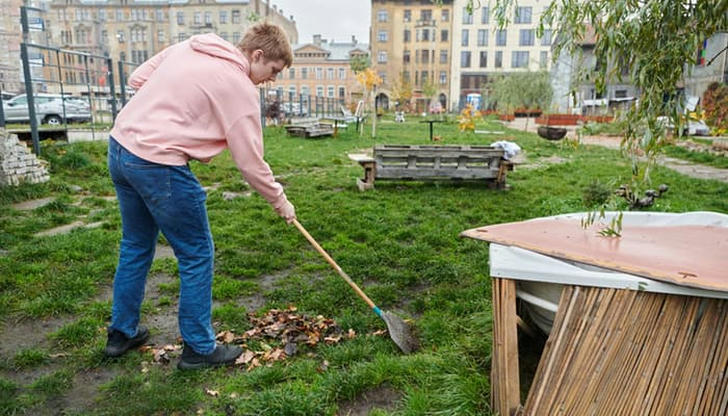
Properly and efficiently managing garden waste is an essential skill that every gardener ought to develop. Knowing how to handle garden waste is vital for sustaining a healthy garden and contributing to a more eco-friendly environment. Whether you choose to compost, create your own mulch, utilize a local recycling facility, or hire a professional waste collection service, your choices can significantly benefit our planet.
